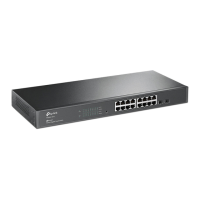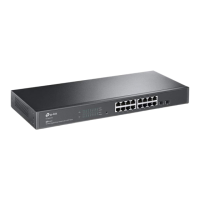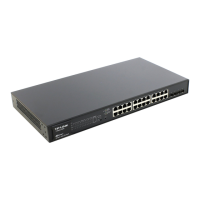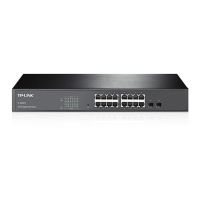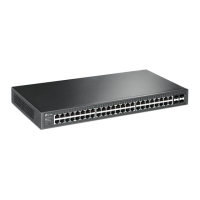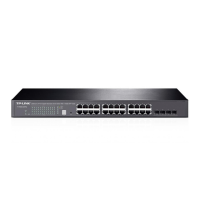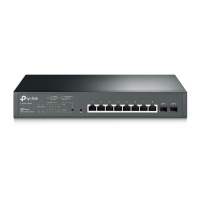Configuration Guide 696
Configuring SNMP & RMON SNMP Configurations
2.1 Using the GUI
2.1.1 Enabling SNMP
Choose the SNMP > SNMP Config > Global Config to load the following page.
Figure 2-1 Global Config
Follow these steps to configure SNMP globally:
1) In the Global Config section, enable SNMP. Click Apply.
2) In the Local Engine section, configure the local engine ID. Click Apply.
Local Engine ID Set the ID of the local SNMP Agent with 10 to 64 hexadecimal digits.
The local engine ID is a unique alphanumeric string used to identify the SNMP
engine on the switch.
3) In the Remote Engine section, configure the remote engine ID. Click Apply.
Remote Engine ID Set the ID of the remote SNMP manager with 10 to 64 hexadecimal digits. If no
remote SNMP manager is needed, you can leave this field empty.
The remote engine ID is a unique alphanumeric string. It is used to identify the
SNMP engine on the remote device thats receives inform messages from Switch.
Note:
The engine ID must contain an even number of characters.
2.1.2 Creating an SNMP View
Create an SNMP view, and configure the content of the view. NMS (Network Management
System) manages MIB (Management Information Base) variables based on the SNMP view.
Choose the menu SNMP > SNMP Config > SNMP View to load the following page.

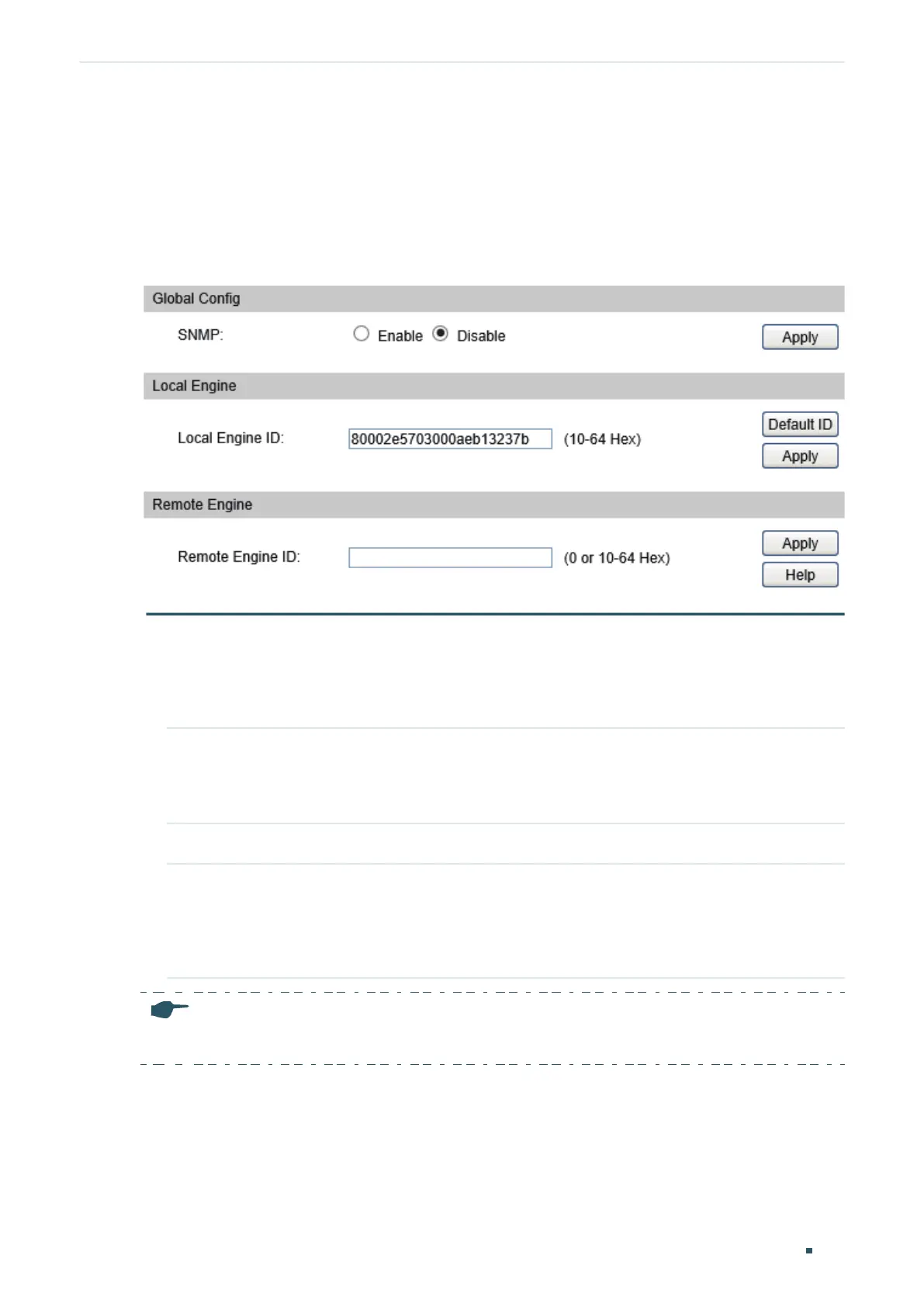